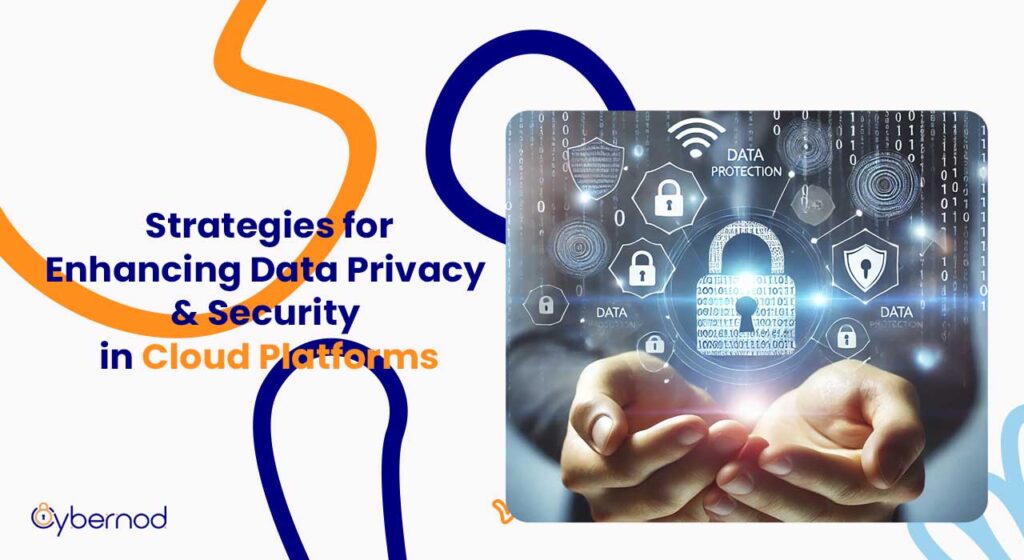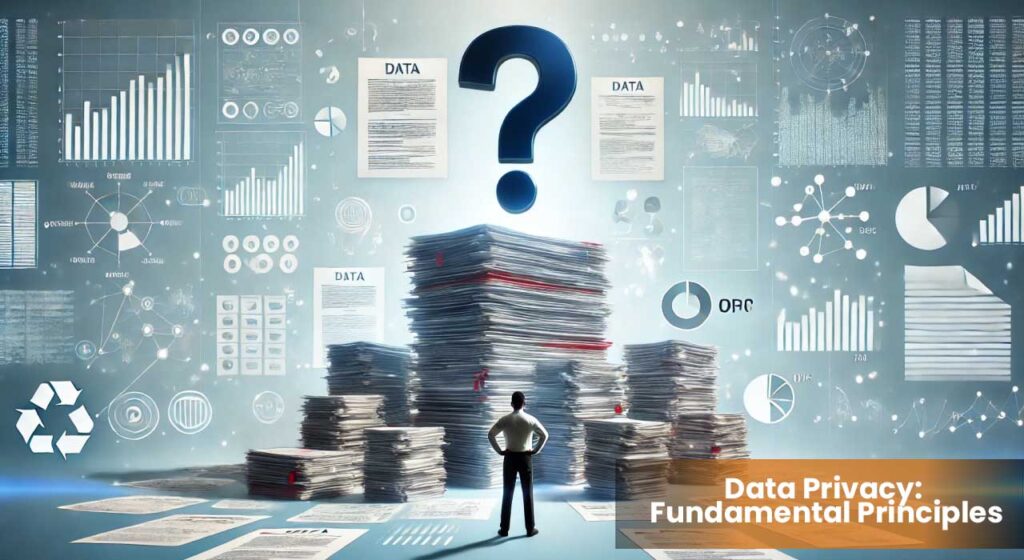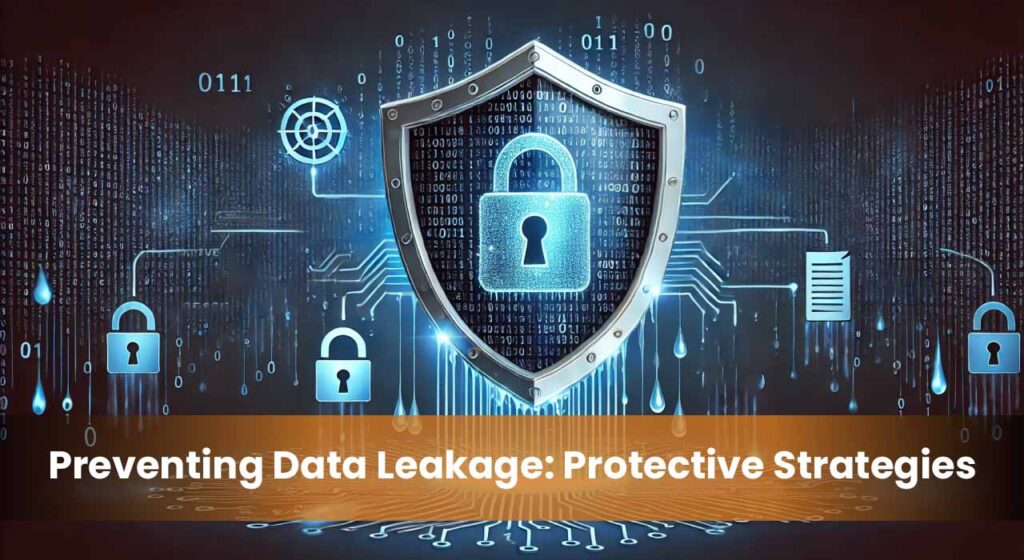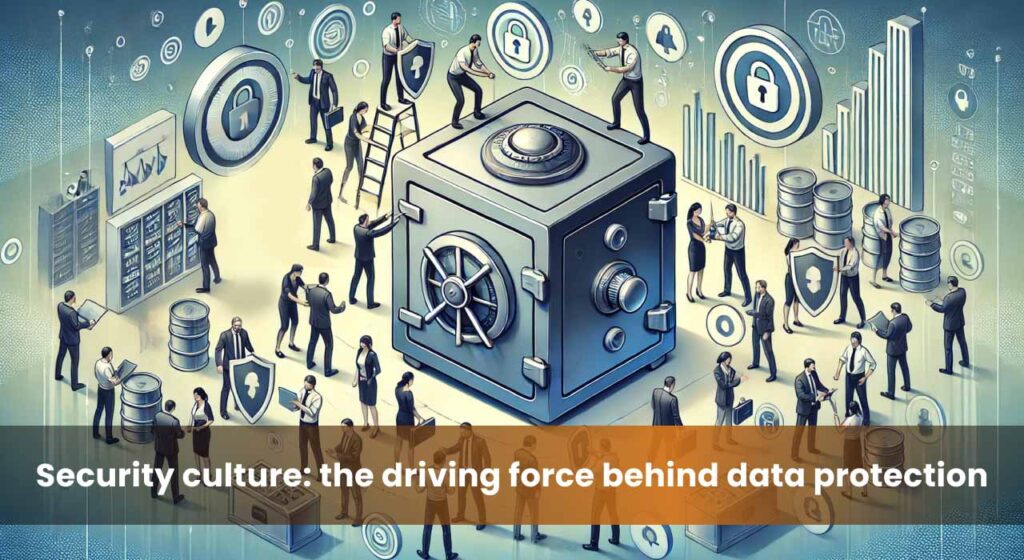
Cloud computing, a paradigm shift in IT infrastructure, involves the delivery of computing services including servers, storage, databases, networking, software, analytics, and intelligence over the internet (“the cloud”). This model has rapidly gained traction in the United Arab Emirates, as organizations across sectors seek to enhance operational efficiency, scalability, and cost-effectiveness.
Concurrently, the proliferation of cloud adoption has accentuated the imperative for robust data privacy and security measures. Sensitive corporate and customer information is increasingly entrusted to cloud-based platforms, making these systems prime targets for cyberattacks. The consequences of a data breach can be catastrophic, ranging from financial loss and reputational damage to legal repercussions.
This article delves into the critical strategies organizations in the UAE can implement to safeguard their data within cloud environments. By examining the evolving cloud security landscape, exploring data privacy fundamentals, and outlining practical measures for enhancing access control, encryption, and data loss prevention, this paper aims to empower businesses to make informed decisions and mitigate risks associated with cloud computing.
Understanding the Cloud Security Landscape

Cloud security involves safeguarding data, applications, and infrastructure within a cloud computing environment. It involves a multifaceted approach that safeguards data at rest, in transit, and in use across infrastructure as a service (IaaS), platform as a service (PaaS), and software as a service (SaaS) models.
UAE businesses, like their global counterparts, grapple with a myriad of cloud security challenges. Data breaches, a prevalent threat, can lead to significant financial losses, reputational damage, and legal liabilities. Unauthorized access, whether through compromised credentials or vulnerabilities, poses a constant risk to sensitive information. Furthermore, adhering to a complex regulatory landscape, including the UAE Data Protection Law, presents substantial cybersecurity challenges for organizations. A robust cybersecurity assessment, a cornerstone of proactive security management, can help businesses identify and address these vulnerabilities effectively.
The UAE has made strides in establishing a robust legal framework for data protection. The UAE Data Protection Law, enacted in 2018, outlines stringent data handling practices, including data subject rights, breach notification requirements, and accountability principles. Compliance with this law is essential for organizations operating within the country and handling personal data.
To mitigate these risks, businesses must invest in comprehensive cybersecurity strategies, including regular security gap analysis, robust access controls, and employee cybersecurity training. By understanding the cloud security landscape and proactively addressing potential threats, organizations can protect their valuable assets and build trust with customers and stakeholders.
Data Privacy Fundamentals

Data privacy encompasses the right of individuals to control how their personal information is collected, processed, and shared. In the digital age, where data has become a valuable asset, safeguarding personal information is paramount. Organizations must prioritize data privacy to build trust with customers, comply with regulations, and mitigate the risks associated with data breaches.
Core data privacy principles provide a framework for responsible data handling. Data minimization mandates collecting only the necessary data for a specific purpose, reducing the potential for misuse. Purpose limitation ensures data is used solely for its intended purpose, preventing data misuse. Accountability holds organizations responsible for implementing and demonstrating compliance with data privacy regulations.
For cloud-based activities, conducting data protection impact assessments (DPIAs) is crucial. A DPIA helps identify and assess potential risks to individuals’ rights and freedoms arising from data processing. By proactively evaluating data processing activities, organizations can implement appropriate safeguards and minimize privacy risks.
Adherence to data privacy principles and the diligent execution of DPIAs are essential for organizations operating in the cloud environment. These practices not only protect individuals’ rights but also contribute to a strong cybersecurity posture.
Implementing Robust Access Controls

Access control is the process of determining who can access specific resources within a system. It is a fundamental component of data security, preventing unauthorized access and mitigating the risk of data breaches. By implementing effective access control measures, organizations can safeguard sensitive information and maintain operational integrity.
Role-based access control (RBAC) is a commonly used method that assigns permissions based on an individual’s role within an organization. This approach simplifies access management and reduces the risk of over-provisioning. Attribute-based access control (ABAC) offers a more granular level of control, granting or denying access based on specific attributes such as user identity, data sensitivity, and environmental conditions.
Strong authentication and authorization mechanisms are essential for robust access control. Multi-factor authentication (MFA), which requires multiple forms of verification, significantly enhances security by making it more difficult for unauthorized individuals to gain access. Organizations should also implement robust authorization processes to ensure that individuals have only the necessary permissions to perform their job functions, minimizing the potential for unauthorized actions.
By carefully selecting and implementing appropriate access control methods and enforcing strong authentication and authorization practices, organizations can establish a solid foundation for data security and protect against a wide range of threats.
Encryption: A Cornerstone of Data Protection

Encryption is a cryptographic process that transforms data into an unreadable format, known as ciphertext, to protect it from unauthorized access. It serves as a fundamental safeguard for data at rest and in transit, rendering it unintelligible to those without the appropriate decryption key.
Symmetric encryption utilizes a single confidential key for both the encryption and decryption processes.While efficient, it necessitates secure key distribution. Asymmetric encryption, in contrast, utilizes a pair of keys: a public key for encryption and a private key for decryption. This method is frequently employed for secure communication and digital signatures. Hashing, on the other hand, is a one-way cryptographic function that generates a fixed-size string of characters, known as a hash value, from any data input. Hashing is primarily used for data integrity verification and password storage.
Effective key management is paramount for maintaining encryption’s efficacy. Keys must be generated, stored, distributed, and revoked securely to prevent unauthorized access. Robust key management practices, including regular key rotation and encryption of keys themselves, are essential to mitigate the risk of compromise.
By implementing appropriate encryption techniques and adhering to sound key management principles, organizations can significantly enhance their data protection posture and reduce the likelihood of successful cyberattacks.
Data Loss Prevention (DLP) Strategies

Data Loss Prevention (DLP) is a strategic approach to identifying, monitoring, and protecting sensitive data from unauthorized access, use, disclosure, duplication, modification, or destruction. The primary objective of DLP is to prevent data breaches, maintain compliance with regulations, and safeguard organizational reputation.
DLP technologies encompass a range of solutions, including network-based DLP, endpoint DLP, cloud DLP, and email DLP. These systems utilize advanced techniques such as data classification, content inspection, and anomaly detection to identify and protect sensitive information. DLP solutions can monitor and control data movement, prevent unauthorized copying, and detect suspicious activities that may indicate a data breach.
Implementing DLP in a cloud environment requires a comprehensive strategy. Organizations should leverage cloud-based DLP solutions that can integrate seamlessly with their cloud infrastructure. By combining cloud access security broker (CASB) technologies with DLP capabilities, businesses can effectively protect data across various cloud platforms. Regular evaluation of DLP policies and procedures is essential to adapt to evolving threats and ensure ongoing data protection.
Cloud Security and Compliance

Adherence to data protection regulations is paramount for organizations operating in the cloud environment. Laws such as the General Data Protection Regulation (GDPR) and the UAE Data Protection Law impose stringent requirements on data handling, privacy, and security. Failure to comply can lead to significant financial penalties and reputational harm.
Cloud service providers play a pivotal role in achieving compliance. They often offer a range of security controls and compliance certifications to help customers meet regulatory obligations. However, ultimate responsibility for compliance lies with the organization utilizing cloud services. Conducting regular security assessments and audits is crucial to identify gaps and ensure ongoing compliance.
To provide a structured approach to information security management, organizations can adopt compliance frameworks like ISO 27001 or the NIST Cybersecurity Framework. These frameworks offer a comprehensive set of standards and best practices for managing information security risks. By implementing these frameworks, businesses can enhance their overall security posture and demonstrate their commitment to data protection.
Regularly reviewing and updating compliance efforts is essential to address evolving threats and regulatory changes. A proactive approach to cloud security and compliance is vital for protecting sensitive information and maintaining business continuity.
Building a Strong Security Culture

A security-conscious workforce is a formidable asset in an organization’s defense against cyber threats. Employees at all levels serve as the first line of defense, and their vigilance is crucial in preventing breaches. Fostering a culture where security is a shared responsibility is essential for long-term success.
Comprehensive employee training and awareness programs are fundamental to building a security-conscious workforce. These programs should cover a range of topics, including phishing attacks, social engineering, password hygiene, and data handling practices. Regular training sessions and simulated phishing exercises can enhance employees’ ability to identify and respond to potential threats.
Management plays a pivotal role in cultivating a security culture. By demonstrating a strong commitment to security, leaders can inspire employees to prioritize it. Setting clear expectations, providing necessary resources, and recognizing security achievements are essential for creating a security-focused environment.
A robust security culture, underpinned by employee empowerment and leadership support, is a cornerstone of effective cybersecurity.
Risk Assessment and Management

A comprehensive risk assessment is essential for understanding an organization’s exposure to potential threats. By systematically identifying, evaluating, and prioritizing risks, businesses can make informed decisions about resource allocation and mitigation strategies. A thorough assessment helps uncover vulnerabilities, assess the likelihood and impact of potential incidents, and inform the development of effective countermeasures.
Risk mitigation strategies involve implementing controls to reduce the likelihood or impact of identified risks. This may include technical measures such as firewalls, intrusion detection systems, and encryption, as well as administrative controls like access controls, security policies, and employee training. Developing a robust incident response plan is crucial for effectively managing and recovering from security breaches.
Continuous monitoring and evaluation are indispensable for maintaining a strong security posture. By regularly assessing the effectiveness of implemented controls and staying informed about emerging threats, organizations can adapt their security measures accordingly. This proactive approach helps ensure that the organization remains resilient in the face of evolving cyber risks.
To effectively manage and mitigate cybersecurity risks, a scalable strategy is essential. For practical guidance on integrating cloud and AI technologies into your cybersecurity framework, refer to our in-depth article: “Creating a Scalable Cybersecurity Strategy with Cloud and AI Technologies“
The adoption of cloud computing has transformed business operations, but it has also introduced new security challenges. Safeguarding sensitive data within cloud environments demands a multifaceted approach encompassing data privacy, access control, encryption, data loss prevention, and compliance. Building a strong security culture, conducting thorough risk assessments, and implementing robust incident response plans are essential for mitigating risks.
As the digital landscape continues to evolve, organizations must prioritize data privacy and security as fundamental components of their cloud strategy. By investing in comprehensive cybersecurity measures and fostering a culture of vigilance, businesses can protect their valuable assets, build trust with customers, and ensure long-term sustainability.
Categorized in:
Comments